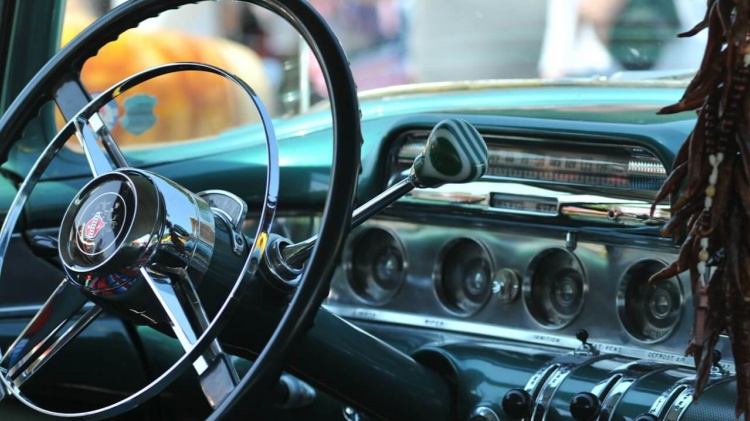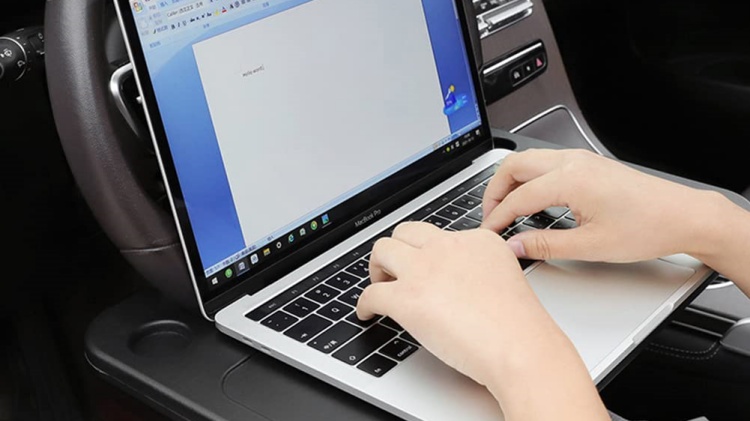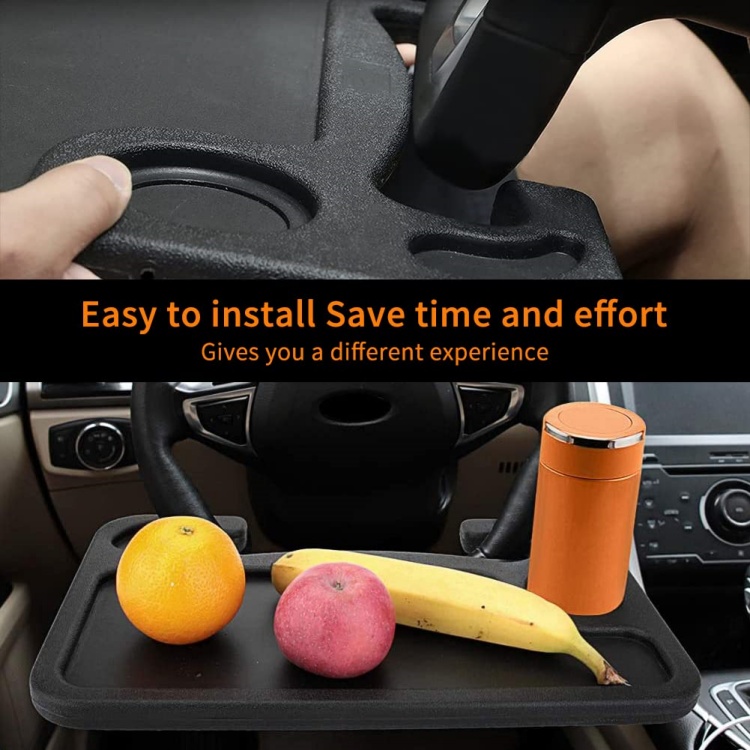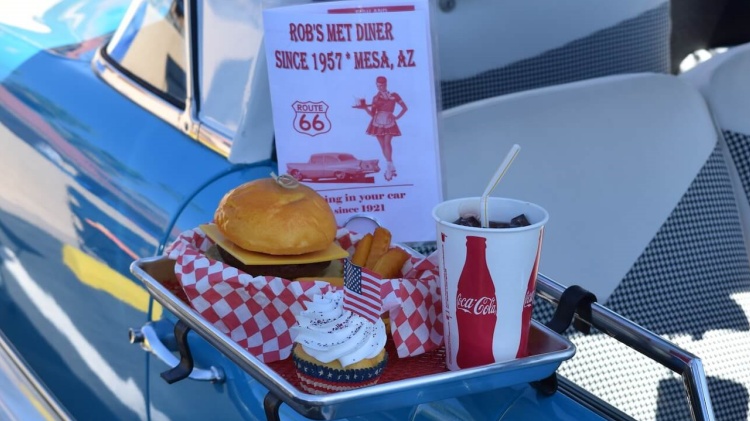
Road Trip Essentials: Why a Car Tray is a Must-Have for Family Travel
When packing the car for a fun-filled road trip adventure, don’t take convenient interior space for granted. Even the roomiest minivans quickly fill hauling vacation

You scored big adding a car tray solving on-the-go organization. But the chaos of driving inevitably dirty surfaces with crumbs, spills and accumulated gunk. Don’t settle for a degraded driving experience from grimy gear. A few quick cleaning tricks restore showroom shine keeping trays looking factory-fresh for the long haul.
We detail key materials requiring specialized methods below. Follow product-specific guidelines tailoring maintenance to your tray composition. A few minutes of regular care ensures console surfaces stay sparkling all year long.

Trays utilize various materials catering to preferences like durability, mobility or style-matching vehicle interiors. Understanding core properties helps select optimal cleaning approaches.
Durable plastics withstand heavy use with surfaces resisting scratches and UV fading. Brands like Executive Office Solutions mold rigid profiles from blended thermopolymers creating lightweight strength perfect for Renault or Fiat owners. Look for ABS plastics passing automotive durability testing for cracking, discoloration and deformation – especially important in securing phones and tablets!
Faux leather trims add stylish sophistication feeling plush along wrist edges. Luxury models from Covercraft use high-grade polyurethane with realistic textile graining complimenting the refined appearances of Mercedes Benz and Lexus cabins. Waterproof PU synthetics easily wipe cleaning simplified – but avoid saturating weaker backing adhesives.
Eco-minded plant-based materials like bamboo introduce sustainability with the same grains and stains expected from cabin décor. Green makers such as Carpad handcraft bamboo ply tray cores reinforce biodegradability perfect for the eco-conscious Prius or Leaf driver. Check sealants protecting raw wood swelling in humidity while nursing natural imperfections like Carfidant’s Olive wood line.
Sleek aluminum echoes aviation-inspired craftsmanship dialing up tray appearances to match advanced automobile cockpits. Premium brands like MICHELIN fabrication all-metal frames with anodized finishing ideally accenting the mechanical precision of Audi or Tesla electronics. But lightweight aircraft-grade aluminum requires extra care protecting easily dented soft metals – unlike rugged stainless steel and titanium alloys found in truck gear by Maxliner.
While dependent on personal use levels, adhere to these general guidelines to ensure surfaces stay fresh:
At least once per day, wipe down trays removing surface dust, minor spills and accumulated grime from routine use. Quick cleanings prevent deeper stains from setting in by lifting debris before feet and elbows grind contaminants further into porous materials. Keep wipes handy for spill responses.
Do deeper scrubbing during weekly vehicle cleanings. Suds up stubborn spots and debris caught in crevices. Use soft interior detail brushes plunged with auto upholstery cleaners targeting built-up messes in textured tray grains. Monthly cleanings work for lighter users.
Twice per year, perform exhaustive steam baths and scrub sessions to remove the top protective finish ready for restoration gloss reapplications. Whether using store-bought or DIY citrus and beeswax treatments, intensive conditioning replenishes lost oils keeping materials supple while guarding against UV damage from extended summer sun exposure.
Consistent cleaning aligned with use prevents costly permanent damage from neglected accumulation and weathering.

Life happens spilling coffee or kicking up mud so don’t stress small stains. Just act quickly with rapid response cleaning, saving upholstery:
Minimize saturation time soaking into porous materials using absorbent Shammy cloths soaking up surface spills before drying and setting. For best results, avoid excess rubbing before lifting liquid which further works contaminants into upholstery grains.
Avoid grinding in debris pushed around by shifting elbows and box contents. Frequently passing a horsehair upholstery brush removes granular particles before scratching while clumping for easy transfer into waste bins.
Oily residues from food accumulation leave a cloudy film rapidly attracting more dirt buildup. Dab citrus-based vinyl cleaners dissolve tarnishes without dulling sheens. Let solutions sit followed by damp cloth buffing.
Alcohol pens and permanent inks stain many surfaces. Gently rub isopropyl solution or hair spray dissolving pigmented vandalism before penetrating. Fingernail polish remover also lifts many wayward artistic expressions of younger passengers.
Staying attentive, and cleaning up little messes prevents permanent disasters down the road.
Skip the soap-and-water home methods. Purpose-built interior cleaners tailored for automotive surfaces deliver professional results:
Spray foams cling lifting soils from textured grains while avoiding excess moisture detrimental for electronics. Brands like Meguiar’s provide scrubbing power finishing glossy upon wiping away without soak penetration.
Stubborn spots yield reaching corner brushes twisting into crevices scrubbing deep. Aftermarket kits from Mothers attach drill heads powering through layered buildup faster than manual efforts.
Reusable clay blocks with lubricating gel lift bonded surface particles restoring ultra-smooth feels. Griot’s Garage Clay Kittens renew exterior water beading preventing future dirt adherence through microscopic contaminate extraction.
The right tools do the hard work so skip DIY pretenders lacking the chemical potency or scrubbing teeth conquering drive space dirt.
While designed for vehicle use, limited exposures prolong pristine appearances:
Even rugged designs degrade, so park in covered areas to help maintain new conditions.
The right gentle cleaners revive supple textures and clarity coatings provide stain protection from future mishaps.
DIY treatments like beeswax restore the natural richness of responsibly harvested bamboo and Sheesham hardwoods.
Metals stand the test of time, but avoiding chemical corrosion preserves aviation-inspired craftsmanship.
Knowing core material traits helps identify optimal care regimens reinforcing their unique properties day after day.
Proactive steps when not driving reduce wear from environmental factors:
Little protective steps go far shielding idle gear. Neoprene steering wheel protectors avoid cracked plastics and bleached leather vulnerable when parked long-term.

Skip expensive automotive cleaners by mixing custom blends safely tackling common stains:
Coffee stains
— Mix baking soda and vinegar forming a foamy paste and rubbing away coffee oil residues without bleaches possibly stripping pigmented plastics and wood.
Mud splatters
— Create thick cleaning foam by blending Castile soap with hydrogen peroxide cutting through mud and lifting dirt better than chemical solvents.
Greasy fingerprints
— Apply straight rubbing alcohol gently dissolving oily films and tacky residues from multiple hand touches without dulling glossy finishes.
Permanent marker ink
— Spray hair spray containing high alcohol concentrations able to wicked and lift stubborn pen pigments when immediately treated.
Everyday ingredients make surprisingly effective stain fighters at a fraction of branded interior cleaners!
We would love to hear any unique tips from the Driver’s Club keeping trays looking factory fresh after years behind the wheel! Please comment on your favorite techniques and proven products so we can all learn new maintenance tricks.
From custom-fitted microfiber slipcovers to magnetically mounted tablets substituting detachable faces for easy wiping, let everyone know your top preventative measures and rapid response cleanups combating vehicle grime!


When packing the car for a fun-filled road trip adventure, don’t take convenient interior space for granted. Even the roomiest minivans quickly fill hauling vacation

Car trays solve organization, snack, and workspace needs for busy drivers. But their convenience should never compromise the safe operation of a moving vehicle. Always

You did your research and found the perfect auto tray to solve your on-the-go organizational needs. But now comes the installation. Rather than winging the

Adding a convenient car tray or mobile desk opens up valuable space for storage, working, snacking, and other on-the-go activities. But with so many options

When packing the car for a fun-filled road trip adventure, don’t take convenient interior space for granted. Even the roomiest minivans quickly fill hauling vacation

You scored big adding a car tray solving on-the-go organization. But the chaos of driving inevitably dirty surfaces with crumbs, spills and accumulated gunk. Don’t

Car trays solve organization, snack, and workspace needs for busy drivers. But their convenience should never compromise the safe operation of a moving vehicle. Always

You did your research and found the perfect auto tray to solve your on-the-go organizational needs. But now comes the installation. Rather than winging the
Copyright © 2024 dashdeskcartray. All Rights Reserved.